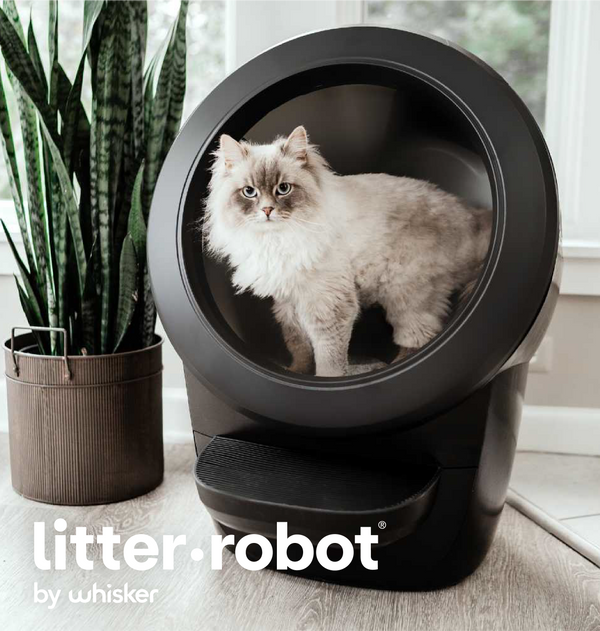Positive or Negative Reinforcement Training for Pets - What’s the Best?
Research has shown that pet owners and trainers often use two different approaches when training pets. They can usually be classified as positive reinforcement and negative reinforcement training. The question now is, which is the most effective?
Before we give you the answer, let’s first identify the difference between the two. Positive reinforcements in pets mean that you give them praise or rewards as they do the right thing. The rewards are seen as a way to encourage them to do the behavior more often.
On the other hand, negative reinforcements use chastising language and voice tone, or punishments in order for the pet to avoid doing wrong or unwanted behaviors.
To answer the question of which of these reinforcement training methods are more productive, simply, we can say that positive reinforcement definitely works better. Aside from other clear benefits of positive reinforcement, negative reinforcement techniques are not as effective because:
- It is not an effective and efficient process and can cause unwanted side effects. Specifically, the pet may experience behavioral and health problems. Anxiety and stress levels are higher during the training sessions. It can increase their aggression towards other people and other animals.
- Negative reinforcements also affect the relationship between the pet and the trainer or owner. Yes, you may have a well-trained animal and a pet that recognises and carries out actions based on cues, but your relationship may diminish.
The adverse effects of negative reinforcements are evident, and these are based on extensive research and findings. However, another critical question that we should ask is why are negative reinforcement training on pets are still used? Here are some of the answers:
- Elements of our society are punishment-oriented. We have a lot of laws, and breaking one means that you have to face inevitable consequences. That’s another way of looking at negative reinforcements. People can model that with pets.
- We believe that fear, threat, and force is a necessary part of learning. Just like with the majority of us, we consider pain as part of our learning curve. We as pet owners can also associate that with the learning curve of animals.
So, are you still going to use negative reinforcements in training your pet? Please don’t do it. You can correct any type of behavior that your pet shows with positive training support, and some of these include:
- Playing games with your pet to teach the desired behavior
- Walking your dog each day to introduce different situations and reactions
- Giving treats and praise when they show positive behavior
- Using repeated praising language or voice tones
Sometimes negative behavior does require a reaction of course. Negative reinforcements with dogs should be short and to the point. Trying to make your dog feel bad is not recommended. Neither is striking your dog. A short sharp “no”, “stop”, “naughty” or something similar is enough to show their actions are not acceptable.
These are just some of the things you can do to help instil discipline and change your pet’s behavior without punishment.
Make sure to use positive reinforcements during training to enhance not only the trust your pet has in you but also the overall positive relationship that you have with your pet.





















